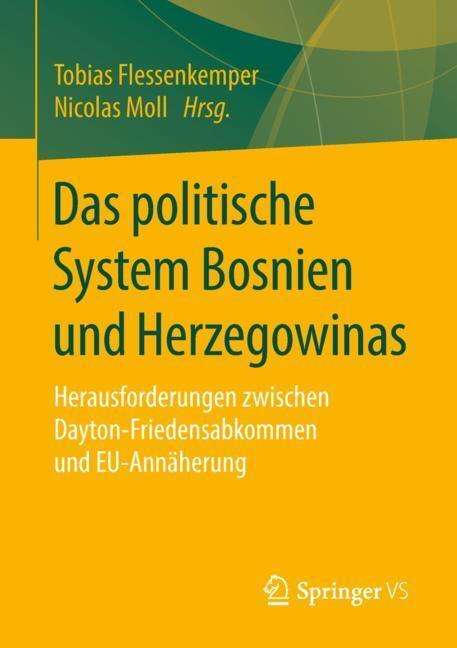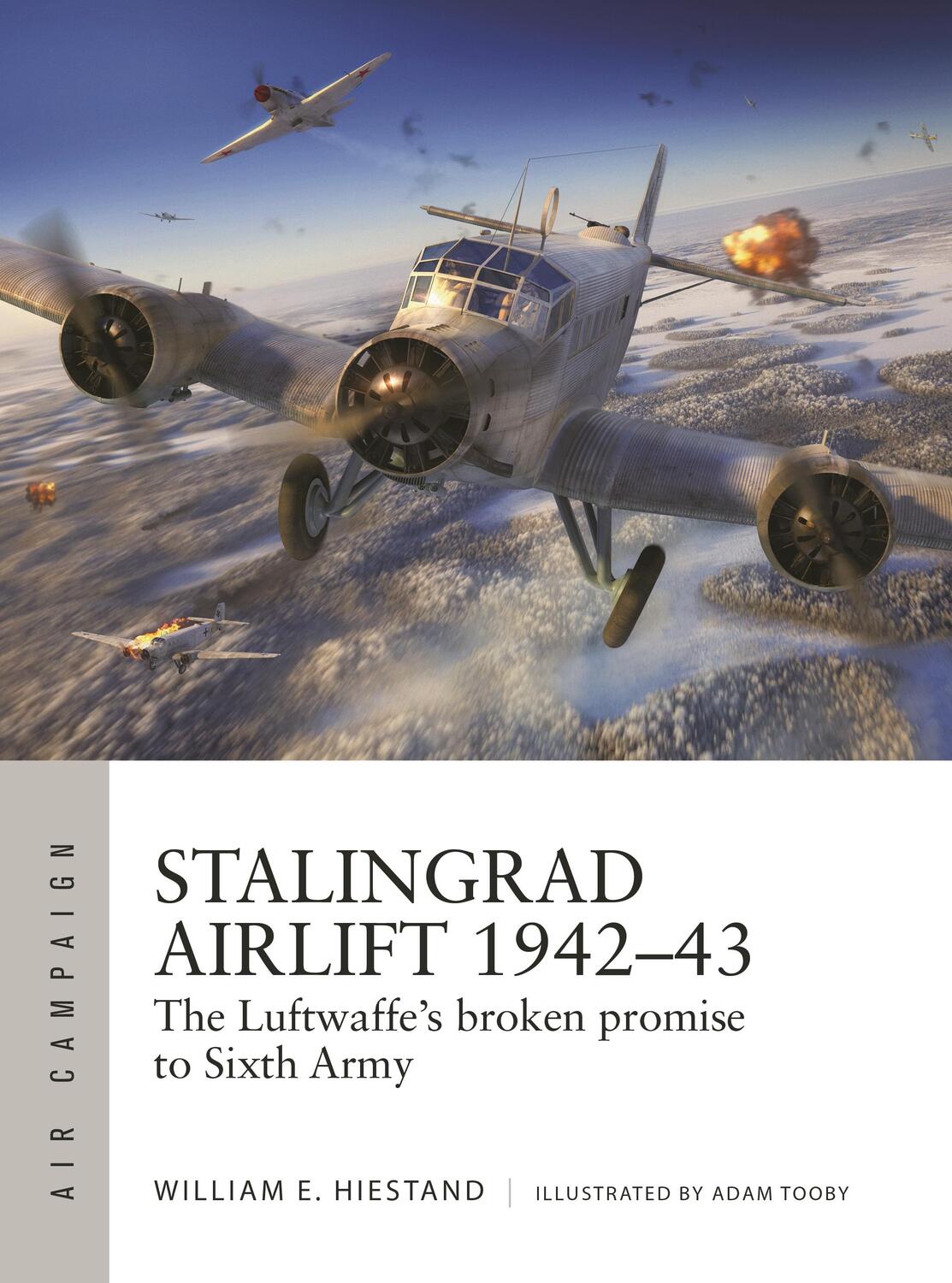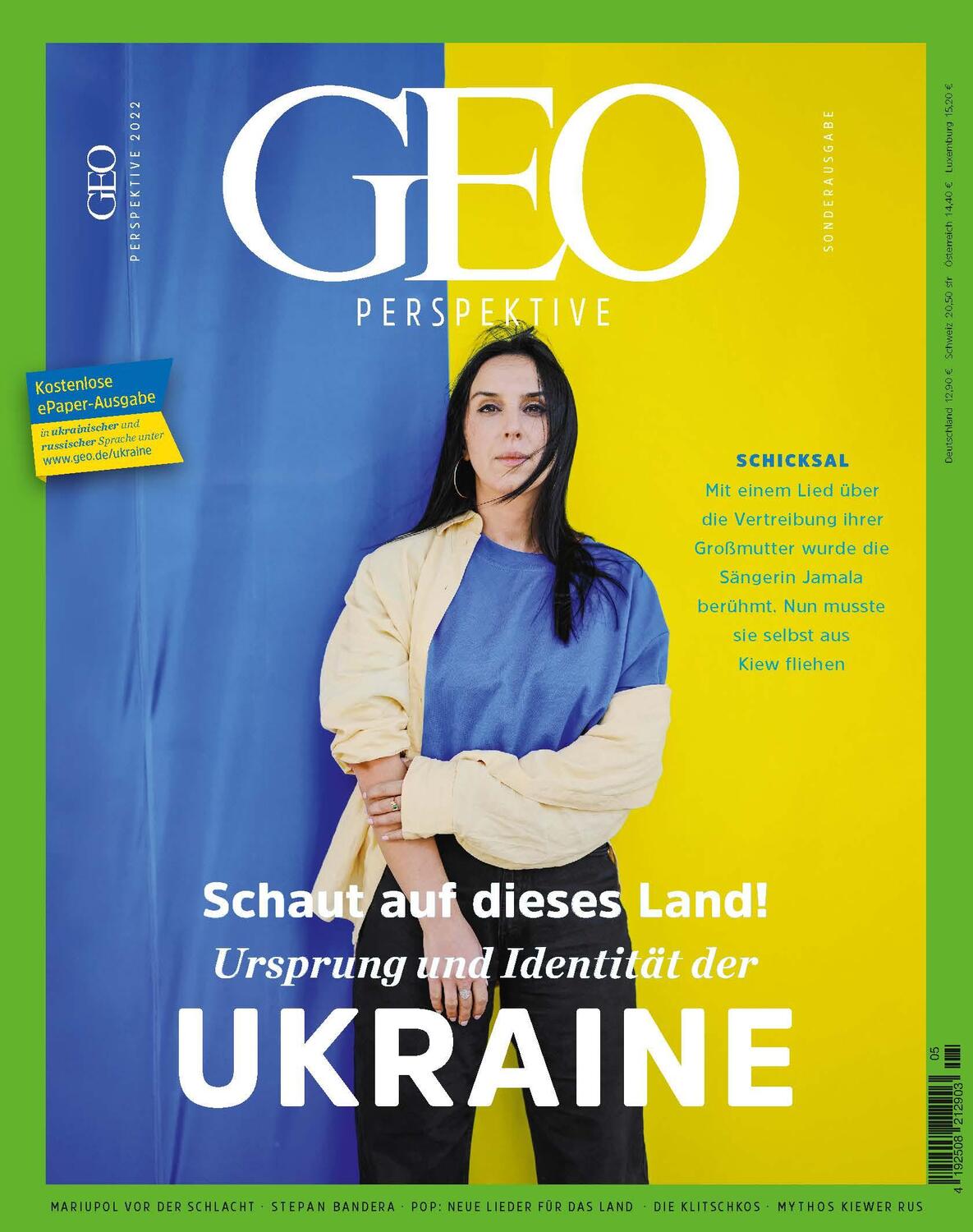This book focuses on the highly complex and intertwined relationship between civil aviation, technological globalization and Cold War politics. It explores how the advancement of Soviet civil aircraft engineering during the 1950s technically triggered the globalization of the Cold War. The study also shows how the processes of technological standardization facilitated transfers of technology and knowledge across the Iron Curtain and how East-West as well as East-South connections evolved. It uncovers the motives and reasons for this transfer of knowledge and expertise, and aims to identify the specific roles played by states, international organizations and interpersonal networks. By taking a global approach to this history, the book advances ongoing debates in the field. It reassesses Europe¿s role in the Cold War, pointing out the substantial differences in how Western Europe and the United States viewed the Communist world. This book will be of interest to scholars of internationalhistory, the history of technology and Cold War history.
This book focuses on the highly complex and intertwined relationship between civil aviation, technological globalization and Cold War politics. It explores how the advancement of Soviet civil aircraft engineering during the 1950s technically triggered the globalization of the Cold War. The study also shows how the processes of technological standardization facilitated transfers of technology and knowledge across the Iron Curtain and how East-West as well as East-South connections evolved. It uncovers the motives and reasons for this transfer of knowledge and expertise, and aims to identify the specific roles played by states, international organizations and interpersonal networks. By taking a global approach to this history, the book advances ongoing debates in the field. It reassesses Europe¿s role in the Cold War, pointing out the substantial differences in how Western Europe and the United States viewed the Communist world. This book will be of interest to scholars of internationalhistory, the history of technology and Cold War history.
Über den Autor
Peter Svik is Erwin Schrödinger Fellow at the International History Department at the Graduate Institute in Geneva and the Institute for Eastern European History at the University of Vienna, Austria. He has been a Visiting Fellow at the British Academy, the École normale supérieure and the Leibniz Institute for European History, as well as a Guggenheim Fellow at the Smithsonian National Air and Space Museum in Washington DC, Gerda Henkel Fellow at the Historisches Kolleg in Munich and Marie Curie Fellow at the University of Tartu.
Zusammenfassung
Explores the highly complex and intertwined relationship between civil aviation, technological globalization and Cold War politics
Argues that the advancement of Soviet civil aircraft engineering triggered the globalization of the Cold War in the 1950s
Takes a global approach to the transfer of knowledge and technical expertise, offering a more nuanced perspective on the relationship between the Communist world, Western Europe and the US
Inhaltsverzeichnis
1. Introduction.- 2. Chicago Regime and Early (Dis)Connectedness.- 3. Building an Empire of the Red Air.- 4. Raising the Stakes.- 5. Trading Bananas for Permafrost.- 6. In the Shadows of Backwardness.- 7. Relations Cool Down and KAL 007 Incident.- 8. Bloc Aviation under Late Socialism.- 9. Conclusion.










